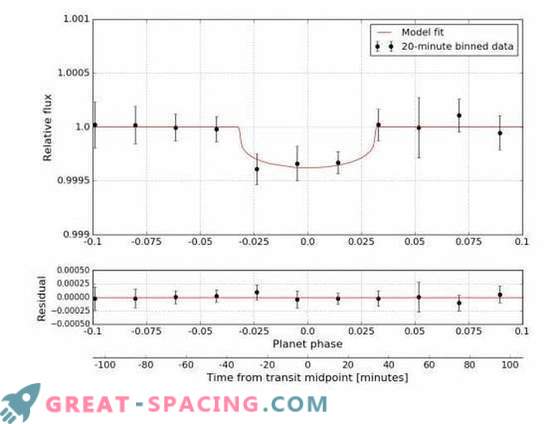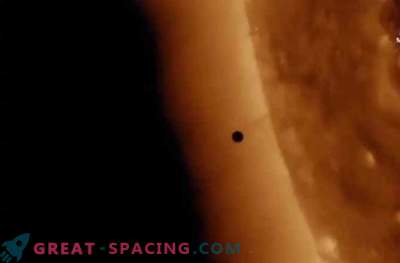
Members of the ASTERIA team are preparing a small satellite for the first journey into space
The ASTERIA miniature satellite measured the transit of a previously detected 55 Earth-type super-Earth exoplanets. This discovery shows that miniature satellites are capable of conducting sensitive exoplanet detections using the transit method.
Watching 55Rake e, ASTERIA measured a slight change in brightness at 0.04% when the super-Earth passed in front of the native star. This transit calculation is the first for CubeSats satellites, which in size reach a small shoe box and travel to space as a secondary payload.
The ASTERIA project is a collaboration between the Massachusetts Institute of Technology (MIT) and the NASA Jet Propulsion Laboratory (Pasadena, California). The program was launched in 2010 as a student idea, where they demonstrated the technological indicators of astrophysical measurements using Cubesat. ASTERIA's mission was developed to demonstrate key technologies, including stable contour and self-regulation, to produce extremely accurate measurements of stellar brightness by a small satellite. Earlier in 2018, ASTERIA reached a stability of 0.01 ° C. These technologies are extremely important for accurate photometry.

The graph displays the transit light curve 55 Cancer e in the ASTERIA observation
Accurate photometry provides a way to study stellar activity, transit of exoplanets, and other astrophysical phenomena. Several MIT alumni participated in the development of ASTERIA from the very beginning. The success of the project shows that such satellites are capable of conducting serious scientific research, for which ASTERIA received the title “Mission of the Year” awarded at the SmallSat conference.
ASTERIA has been able to prove its ability to measure the transits of other worlds, therefore, it will continue to monitor two bright neighboring stars in order to search for unknown exoplanets.











































